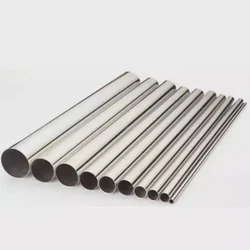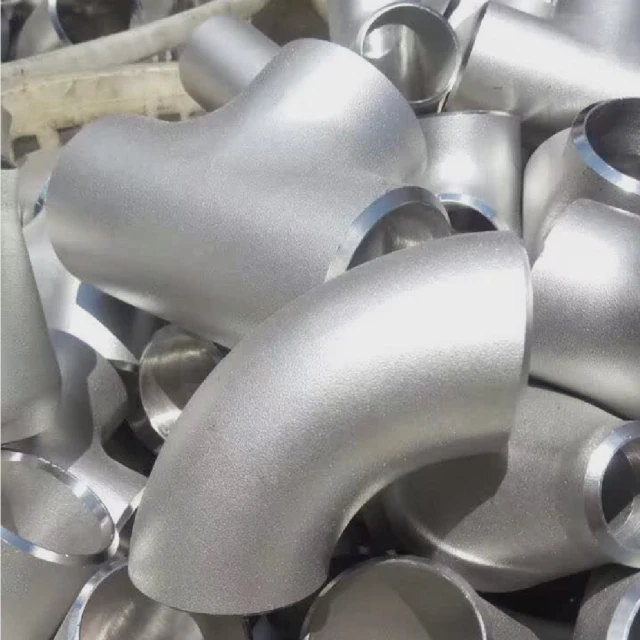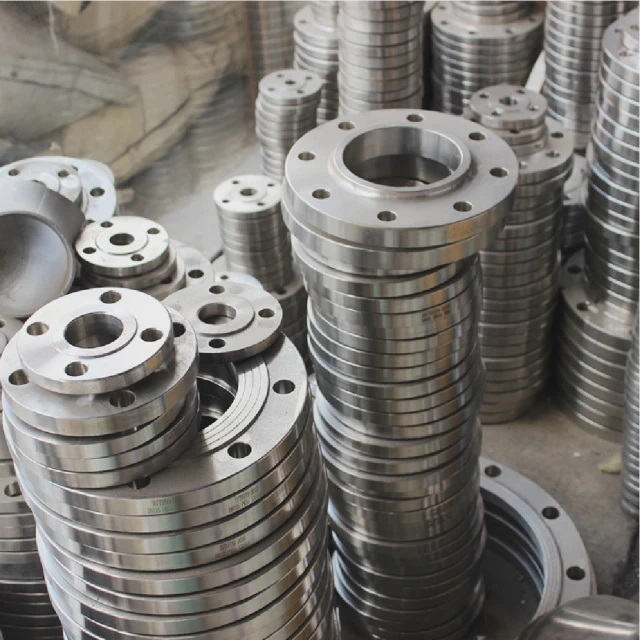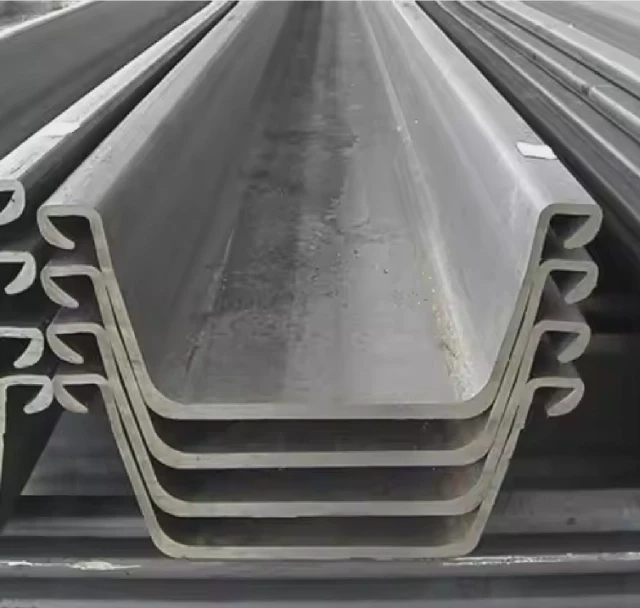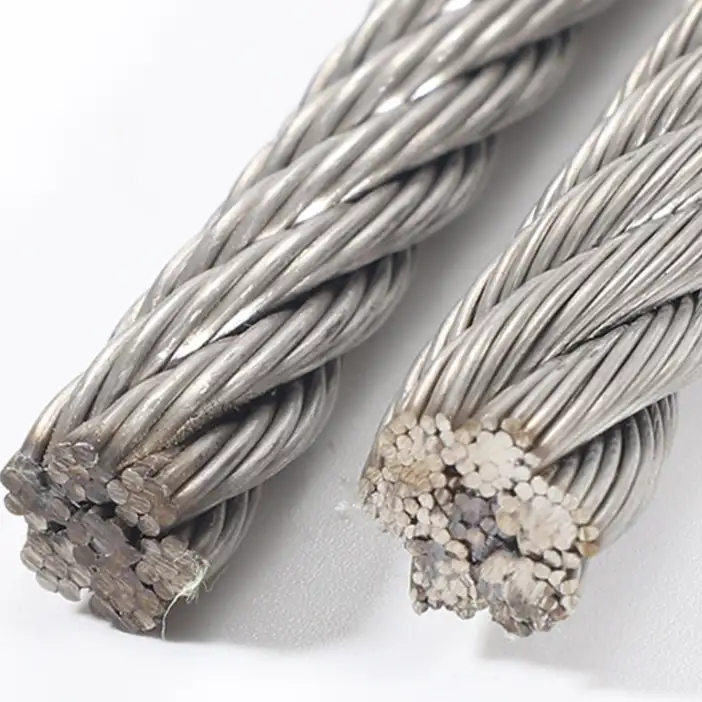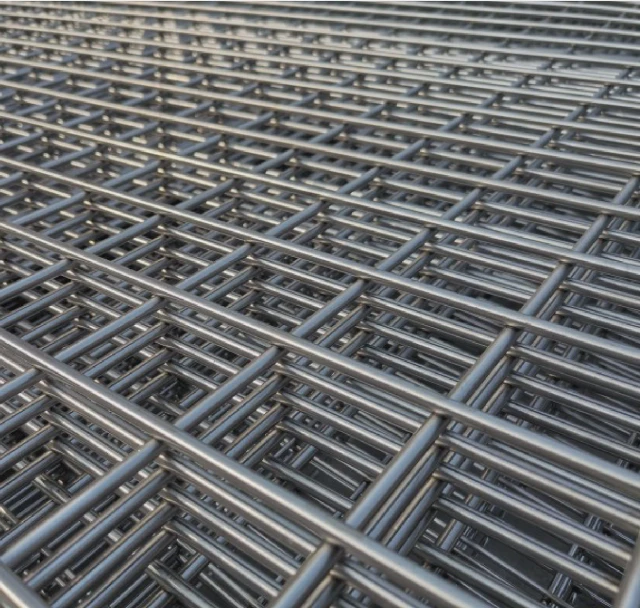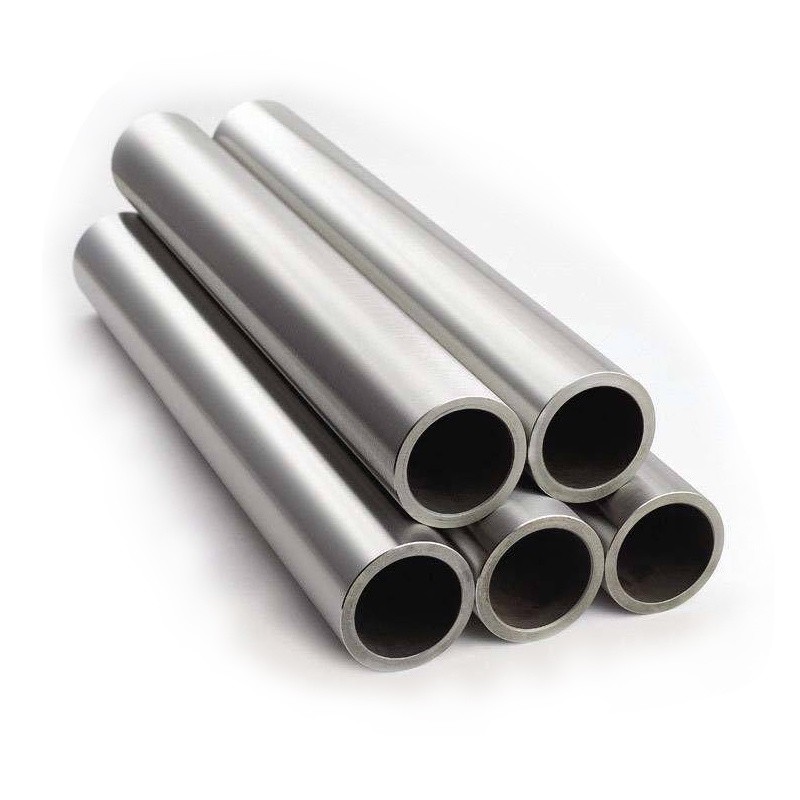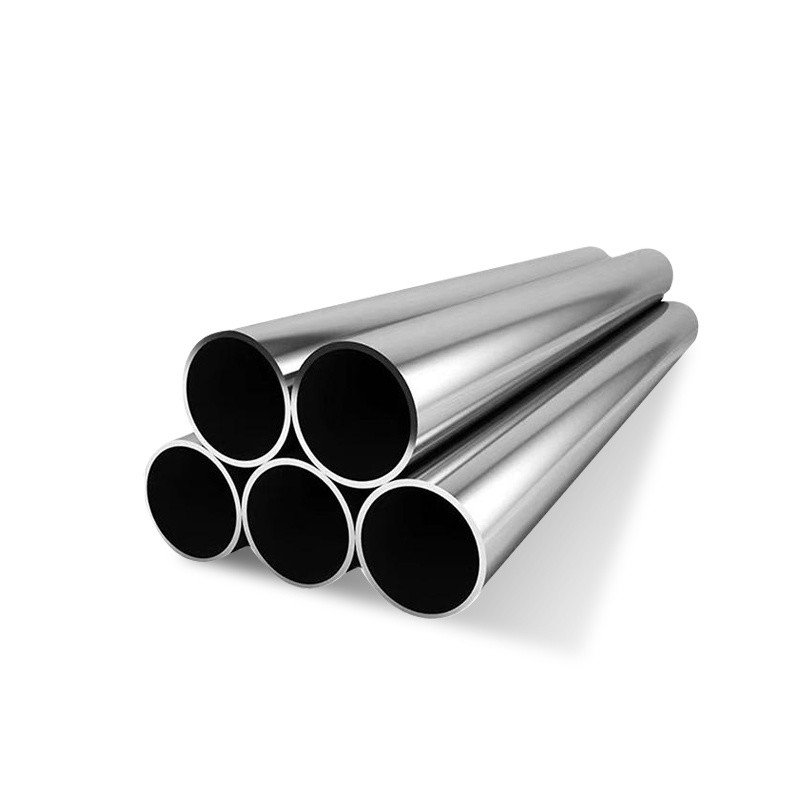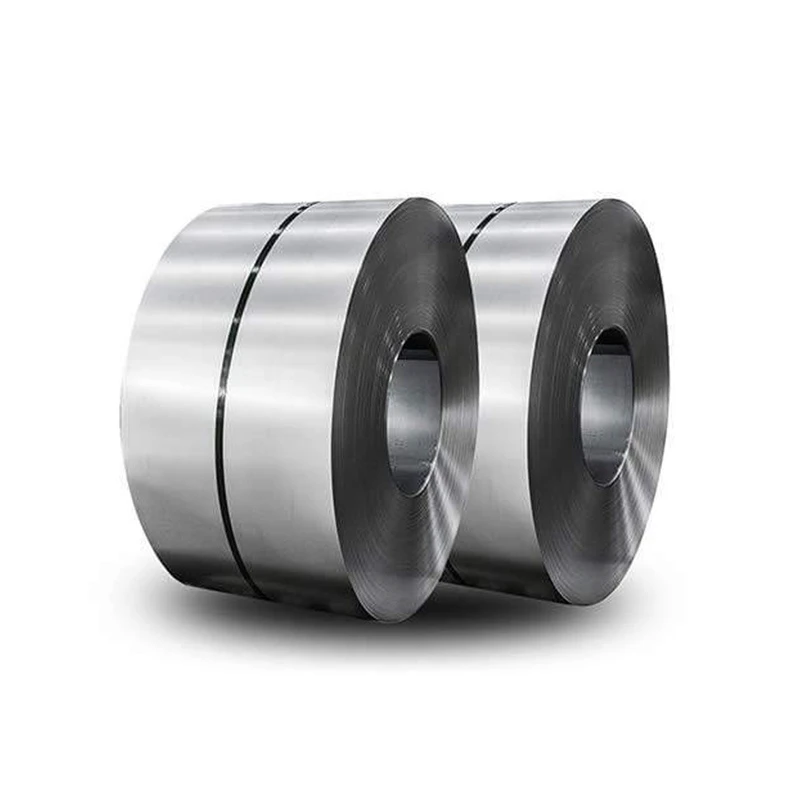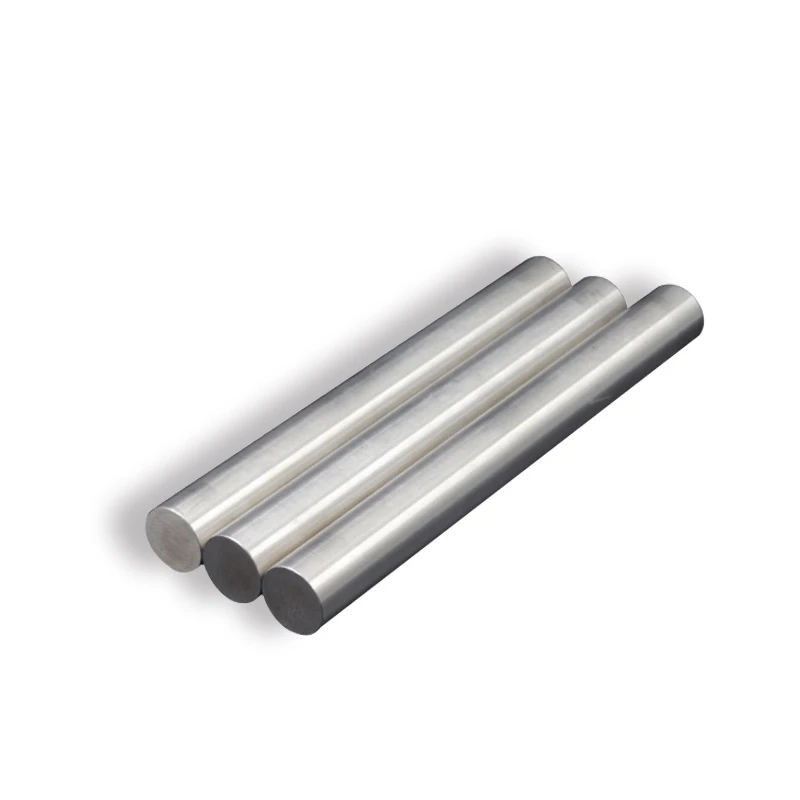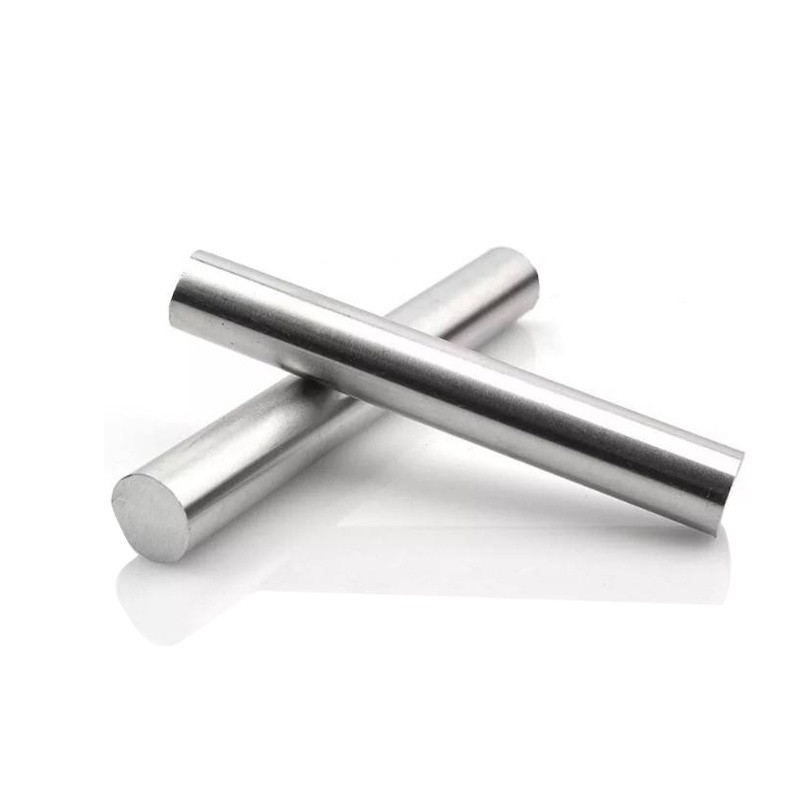
CATEGORIES
FEATURED PRODUCTS
ASTM A554 Stainless Steel Tube
We offer this product and related grades with 100% factory direct pricing and free quotes available within 24 hours.
APPLICATION SCENARIOS

OUR ADVANTAGE

Certificate of Honor

PARTNER

Our Factory

ASTM A554 is a specification issued by ASTM International for welded stainless steel tubing intended for structural, mechanical, and ornamental applications. The standard defines the requirements for dimensions, material properties, and manufacturing processes for stainless steel tubes, ensuring that they meet the needs of various industries such as construction, automotive, food processing, and more.
1. Introduction to ASTM A554 Stainless Steel Tube
ASTM A554 covers welded stainless steel tubes for a variety of uses. This specification is highly regarded for its emphasis on quality and consistency in the production of stainless steel tubing, which is critical for applications that require mechanical strength, corrosion resistance, and aesthetic appeal. The standard is applicable to various forms of welded tubes, including round, square, and rectangular shapes, and is primarily used in industries requiring aesthetic and durable solutions, such as architecture, food processing, and automotive manufacturing.
The A554 standard ensures that the tubes meet the necessary chemical composition and mechanical properties, while also outlining testing methods and quality control standards. This specification is recognized internationally and serves as a benchmark for the stainless steel tube industry.
2. Grades and Specifications under ASTM A554
ASTM A554 includes several grades of stainless steel, each of which is suited to specific applications. The common grades are:
-
Grade 201: A lower-cost alternative to other stainless steels, with good corrosion resistance for general applications.
-
Grade 304: Known for its excellent corrosion resistance, formability, and durability. It is one of the most commonly used grades for stainless steel tubes.
-
Grade 316: Offers superior corrosion resistance, especially against chlorides, making it ideal for marine and chemical environments.
-
Grade 430: A ferritic stainless steel used for applications that require moderate corrosion resistance but where cost is a critical factor.
These grades differ in terms of their chemical composition, with varying levels of chromium, nickel, and other elements, making them suitable for different environments.
Table: Comparison of ASTM A554 Stainless Steel Tube Grades
| Property | 201 Stainless Steel | 304 Stainless Steel | 316 Stainless Steel | 430 Stainless Steel |
|---|---|---|---|---|
| Chromium (Cr) | 16-18% | 18-20% | 16-18% | 16-18% |
| Nickel (Ni) | 3.5-5.5% | 8-10.5% | 10-14% | 0.75% max |
| Corrosion Resistance | Moderate | Good | Excellent | Moderate |
| Tensile Strength (MPa) | 515-825 | 505-760 | 515-760 | 380-550 |
| Applications | General Use | Food, Medical, Industrial | Marine, Chemical | Household Appliances |
| Formability and Weldability | Good | Excellent | Excellent | Good |
3. Chemical Composition and Mechanical Properties
The mechanical properties of ASTM A554 stainless steel tubes depend largely on their grade. Here’s a deeper look at the chemical composition and key strength parameters:
-
Chromium (Cr): Essential for providing corrosion resistance. Grades such as 304 and 316 offer high levels of chromium to ensure resistance in more aggressive environments.
-
Nickel (Ni): Adds toughness and helps improve corrosion resistance, especially in chloride-rich environments like marine applications.
-
Manganese (Mn): Enhances hardness and helps improve the formability of the steel.
-
Carbon (C): In controlled amounts, carbon increases hardness but can reduce corrosion resistance. Lower carbon content is ideal for applications requiring resistance to carbide precipitation.
Mechanical properties, such as yield strength and tensile strength, are specified for each grade to ensure the tubes can handle the pressures and stresses involved in their specific applications.
Table: Mechanical Properties of ASTM A554 Stainless Steel Tubes
| Property | 201 Stainless Steel | 304 Stainless Steel | 316 Stainless Steel | 430 Stainless Steel |
|---|---|---|---|---|
| Yield Strength (MPa) | 205-275 | 215-505 | 215-505 | 205-275 |
| Tensile Strength (MPa) | 515-825 | 505-760 | 515-760 | 380-550 |
| Elongation (%) | 40 | 40 | 40 | 20 |
| Hardness (HRB) | 92 | 90-95 | 92-95 | 85-95 |
4. Applications of ASTM A554 Stainless Steel Tube
The versatility of ASTM A554 stainless steel tubes makes them suitable for a variety of industries and applications. Some common uses include:
-
Architectural Applications: Stainless steel tubes are often used for handrails, balustrades, and other decorative or structural elements that require a combination of strength and aesthetic appeal.
-
Food Processing: Food-grade stainless steel tubes (e.g., 304 and 316) are used for conveying food and beverages due to their resistance to corrosion and ease of cleaning.
-
Automotive: Tubes are utilized in exhaust systems, as they need to withstand high temperatures and exposure to corrosive gases.
-
Medical Devices: Tubing made from 304 and 316 stainless steels is used in the production of medical instruments and implants, owing to their non-reactive nature and high strength.
-
Chemical Processing: 316 stainless steel tubes are ideal for harsh chemical environments due to their superior corrosion resistance.
5. Global Standards and Comparisons
ASTM A554 is an internationally recognized standard. However, there are similar standards across different regions and organizations, such as:
-
EN 10216 (European Standard) – A specification for seamless stainless steel tubes.
-
ISO 1127 (International Standard) – This is a general specification for stainless steel tubes, providing guidelines on dimensions and tolerances.
-
JIS G3448 (Japanese Standard) – Similar to ASTM A554, focusing on welded stainless steel tubes for various applications.
While ASTM A554 focuses on welded stainless steel tubes, these international standards may also cover seamless tubes, which provide higher structural integrity due to the lack of welded seams. The choice of standard will depend on the application requirements and local regulations.
Table: Comparison of ASTM A554 with Other International Standards
| Standard | Scope | Key Differences |
|---|---|---|
| ASTM A554 | Welded stainless steel tubes | Primarily for welded tubes in various grades |
| EN 10216 | Seamless stainless steel tubes | Focuses on seamless tubes for pressure applications |
| ISO 1127 | Stainless steel tubes | Covers general stainless steel tube dimensions and tolerances |
| JIS G3448 | Welded stainless steel tubes | Emphasizes the quality of welding and tube strength |
6. Procurement Considerations for ASTM A554 Stainless Steel Tube
When procuring ASTM A554 stainless steel tubes, it's important to consider several factors to ensure that you’re getting the best value for your investment:
-
Grade Selection: Ensure the correct grade (e.g., 304, 316, 430) is selected based on your application's corrosion resistance and strength requirements.
-
Quality Control: Verify that the supplier adheres to ASTM A554 specifications, including rigorous quality control checks during production.
-
Supplier Reputation: Choose a supplier with a proven track record, such as Luokaiwei, known for its high-quality stainless steel products and reliability.
-
Customization: Depending on your application, you may need specific tube dimensions, surface finishes, or coatings. Be sure to confirm the supplier’s ability to meet these custom requirements.
-
Certifications: Always ask for the necessary certifications, including mill certificates, to verify the quality of the stainless steel used.
7. Case Study: Use of ASTM A554 Tubes in a Food Processing Plant
A food processing plant required stainless steel tubes for its new high-pressure washing system. The tubes had to meet both strength and hygiene standards. After reviewing various options, they opted for ASTM A554 tubes made from 304 stainless steel, which offered the right balance of strength, formability, and corrosion resistance. This material choice allowed the plant to achieve compliance with food safety regulations while minimizing maintenance costs, as the tubes were resistant to both oxidation and scaling. Over the next three years, the plant reported a 15% reduction in tube replacement costs due to the durability of the chosen material.
8. Frequently Asked Questions (FAQ)
-
What is ASTM A554 used for?
ASTM A554 specifies the requirements for welded stainless steel tubes used in structural, mechanical, and ornamental applications. -
What are the most common grades used in ASTM A554 tubes?
The most common grades are 304, 316, and 430, with 304 being the most widely used for general applications. -
Can ASTM A554 tubes be welded?
Yes, ASTM A554 tubes are typically welded during manufacturing, and they can also be welded further during fabrication. -
How do I choose the right grade of stainless steel tube?
The right grade depends on the application’s specific requirements, such as corrosion resistance, strength, and environmental factors. -
Why should I choose Luokaiwei as my supplier for ASTM A554 stainless steel tubes?
Luokaiwei offers high-quality stainless steel products that meet international standards, with excellent customer service, timely delivery, and competitive pricing.







